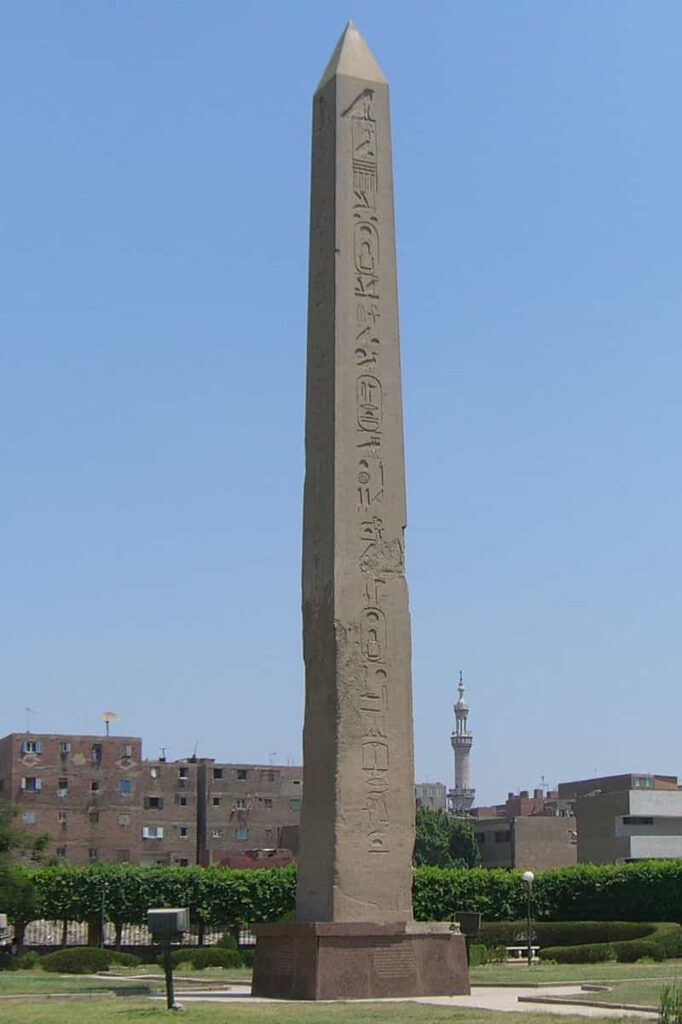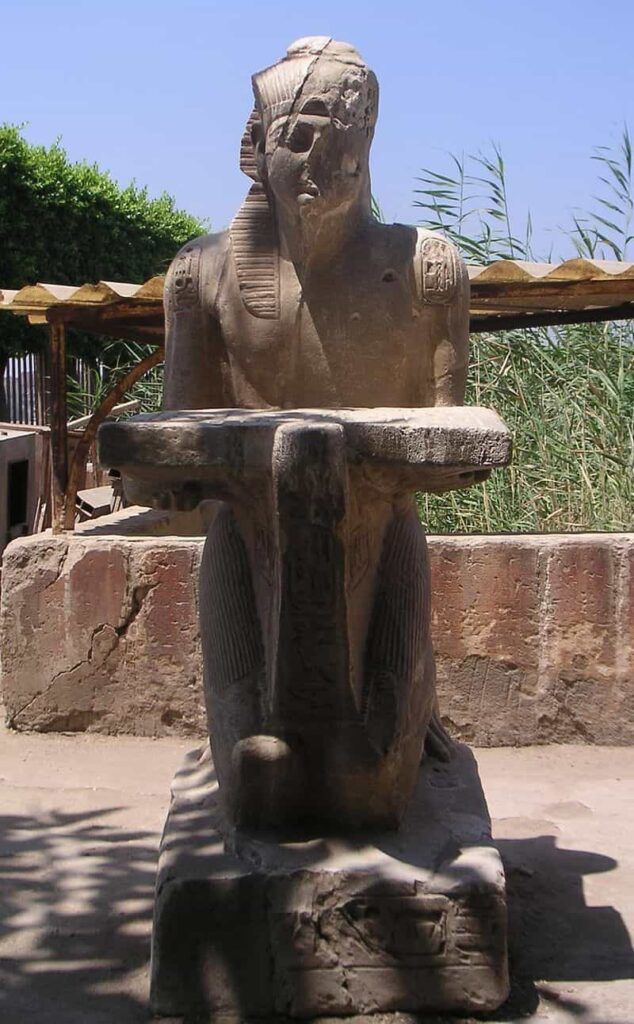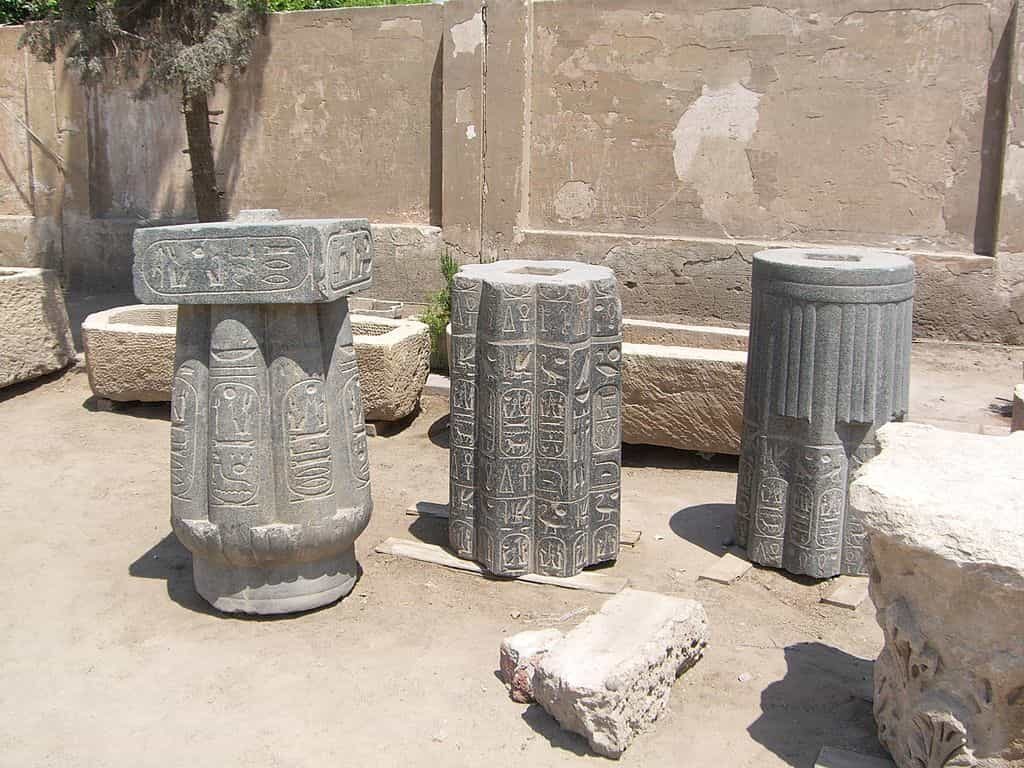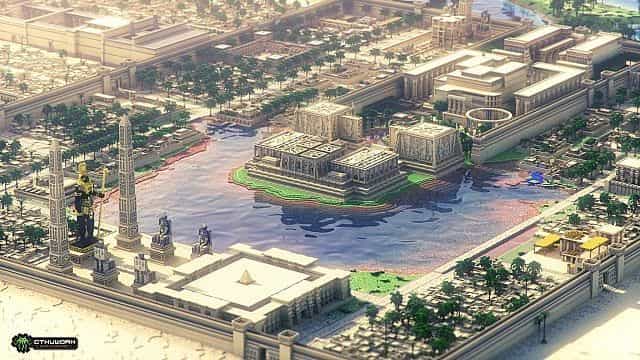Heliopolis was a major ancient Egyptian city and the capital of the 13th nome of Lower Egypt. Its Egyptian name was Iunu, meaning “The Pillar,” while Heliopolis, meaning “City of the Sun,” is the Greek name that was adopted from Herodotus and reflects its association with solar theology.
The city was located northeast of Cairo, near the current airport, and was connected to the west bank of the Nile by a canal. Along with Thebes and Memphis, it was one of the three most important cities in ancient Egypt.
History of Heliopolis
In the Old Kingdom, Heliopolis was the main center for astronomical observation in ancient Egypt and was reflected in the title of its high priest, “Chief of the Observers.” The city was also well-known for its teaching and theological speculation and maintained this reputation even during Greco-Roman times.
It’s believed that the Sun Temple at Heliopolis was similar to the Abusir type of sun temples built during the 5th Dynasty, which established the cult of Ra as the main cult around 2400 BC. Remains of a temple and the city’s wall have been found, including a main temple dedicated to Amun and Ra, an obelisk of Senusret I from the 12th Dynasty, and statues and building remains from the 19th Dynasty.
Around the mid-second millennium BC, the city reached its peak of splendor, and by 1300 BC, it had reached its maximum extent. However, its decline began during the first millennium BC.
The temple of Ra was said to have been a repository for royal records, and Herodotus claimed that the priests of Heliopolis were better informed on matters of history than any other ancient Egyptians.
During the Greek period, Heliopolis also flourished as a place of learning, and the schools of philosophy and astronomy were reportedly attended by Pythagoras, Plato, Solon, and other Greek philosophers, such as Eudoxus of Cnidus, who learned about the true length of the year and month there.
However, the city was destroyed during the Persian invasion in 525 BC and again in 343 BC. After the foundation of Alexandria, Heliopolis became marginalized and gradually depopulated.
By the first century BC, it was already a virtually uninhabited city. In the following century, most of its monuments were transferred to Alexandria and Rome, and the rest were used as a quarry for building materials in Cairo during the Middle Ages.










